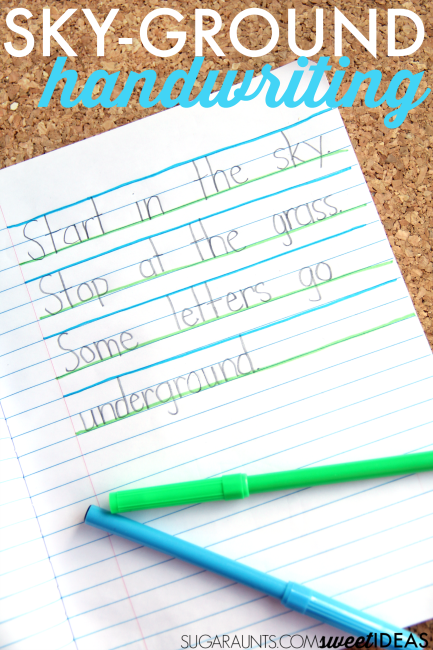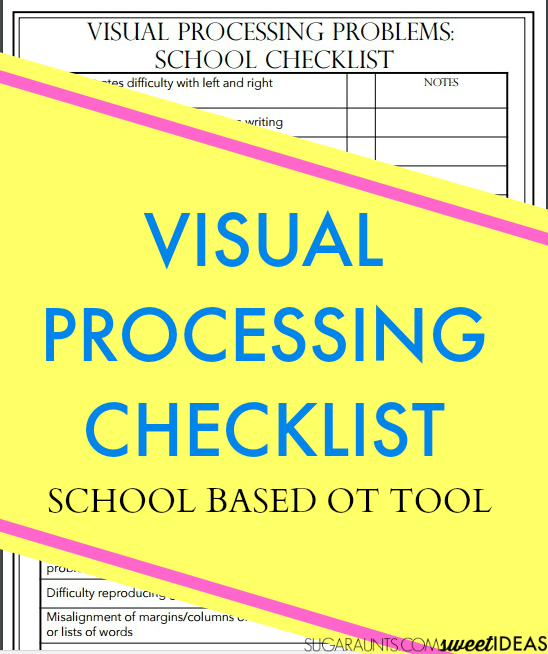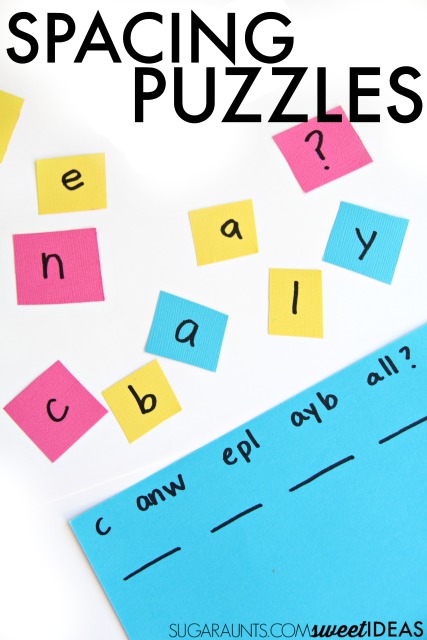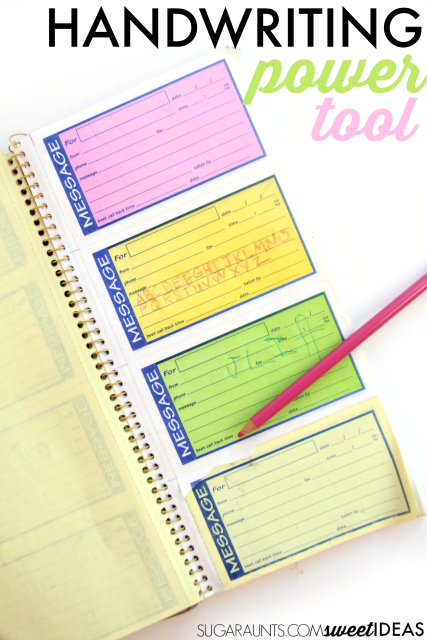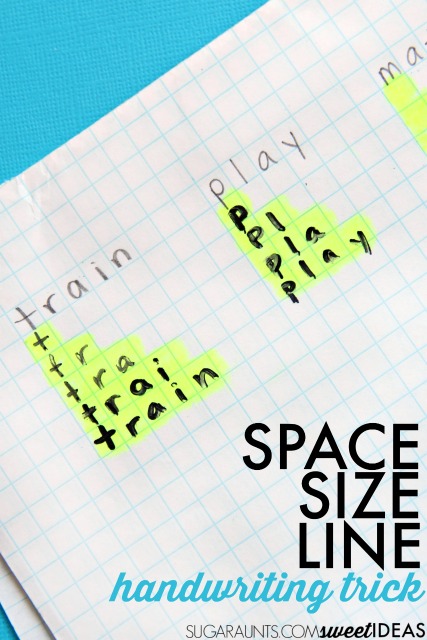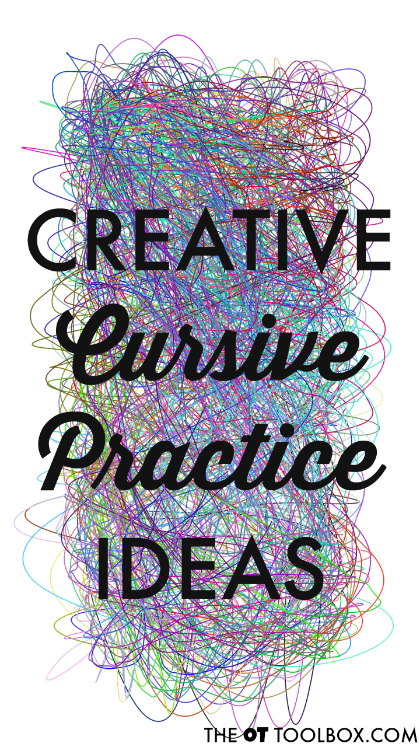When students are learning cursive, it’s common for slow formation to occur. Here are ways to help students write with increased speed in cursive writing and tips to help improve functional cursive.
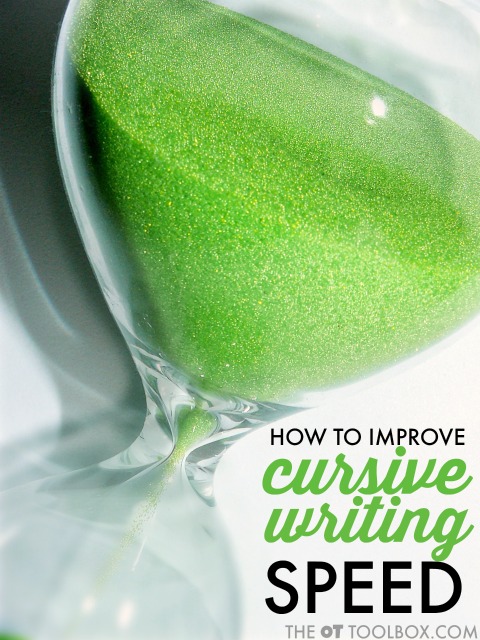
Writing in cursive is complex! Students need to really focus on letter formation, pencil control, and retrace of lines when writing in cursive. On top of all that, there is the line awareness, spatial awareness, and size awareness needed for written work. This is a lot to remember!
Speed of cursive writing does come with practice through. For the student who has learned all of the cursive letters, cursive speed is the next step in functional writing.
Students eventually should focus on speed in cursive writing. Legible handwriting is the overall goal, and students must eventually develop the speed and accuracy for legible and functional writing.
This is particularly important when students are asked to write more quickly or to copy notes and the older grades cursive writing is needed at a faster pace.
Speed in cursive writing
Use the strategies below to work on speed in cursive writing. These strategies should only use be used by students who have mastered letter formation and retrace in a legible and functional manner.
- Ask students to work on timed cursive writing. Start with just cursive exercises (Use the cursive exercise ideas below). Timed cursive can also be done with a sentence or list of words like spelling words.
- Cursive exercises- Use a timer and ask students to complete a worksheet of cursive writing or a single page of cursive exercises like waves and connected T’s, loops, or bumps, students can be timed on completion with accuracy.
- Timed letter count- Turn on a timer and ask students to write cursive words. Written work can be strings of letters, words, or sentences as student’s copy from a model placed on their desk. Students can write as much as they are able in the given time. When the timer goes off, students can stop and count the number of words or individual letters they were able to write. Repeat this exercise each day, marking down number of words.
- Eventually work on short words such as sight words or commonly used words. They can copy a strand of these words with timed tests.
Timed cursive exercise tips
If at anytime during time to work letter formation suffers, go back and work on proper letter formation with consistent verbal cues.
Exercises in speed are necessary to help students develop more function in their pursuit of writing. As children age, they are required to write faster and for longer periods to take notes. Speeding up exercises can help writers find flow of their personal style.
When students start to speed up in a writing, many times you will see modifications of formation in letters. Overtime these modifications become automatic as the motor plan becomes consistent through practice.
When students are required to form those combinations of letters again and again, unique letter formation between letters become automatic and comfortable.
It’s important to ensure a quality of handwriting so that the student is able to look back over their notes read what they’ve written. Many times, kids scribble down homework assignments or notes and then can’t read them later. This isn’t functional writing and speed should slow down.
Students who write too slowly in cursive will benefit from increased practice and back attrition. Overtime the speed will increase as the the motor plan of letters becomes more automatic.
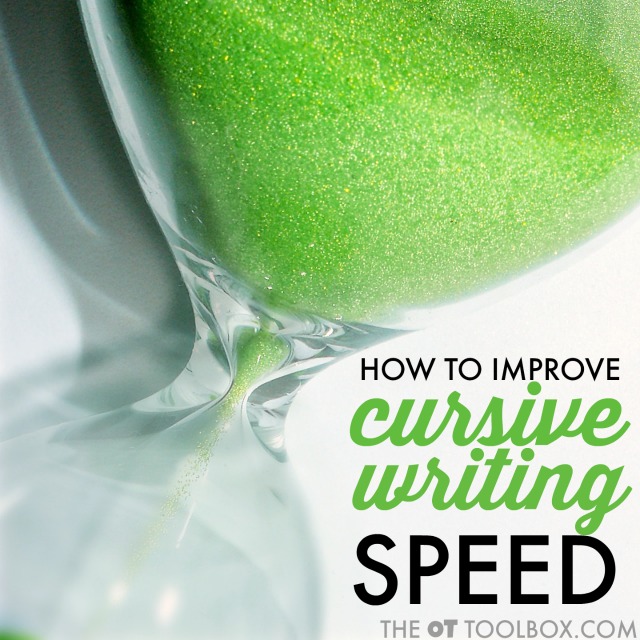
Assessment of writing speed
One assessment that can be used to assess speed of handwriting is the DASH. The Detailed Assessment of Speed of Handwriting (DASH), and the Detailed Assessment of Speed of Handwriting 17+ (DASH 17+) are standardised tests. The DASH is a reliable tool to assess handwriting speed against the norms expected for a child’s age.
Speed of cursive writing is important for rhythm and function in cursive. Need to work on some other areas of cursive, try these ideas:


